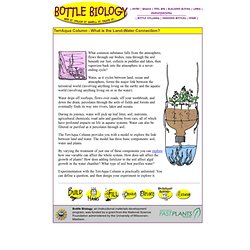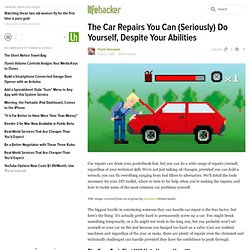

Seven Layer Density Column at Steve Spangler Science. Measure 8 ounces of each type of liquid into the 9 ounce portion cups.

You may want to color each of the liquids to make a more dramatic effect in your column. Light Karo syrup is easier to color than dark syrup. The only liquids that you may not be able to color are the vegetable oil and the honey. Start your column by pouring the honey into the cylinder. Now, you will pour each liquid SLOWLY into the container, one at a time. The same amount of two different liquids will have different weights because they have different masses. To test this, you might want to set up a scale and measure each of the liquids that you poured into your column. ** NOTE: The numbers in the table are based on data from manufacturers for each item.
The table shows the densities of the liquids used in the column as well as other common liquids (measured in g/cm3 or g/mL). Density is basically how much "stuff" is smashed into a particular area... or a comparison between an object's mass and volume. TerrAqua Column - What is the Land-Water Connection? What common substance falls from the atmosphere, flows through our bodies, runs through the soil beneath our feet, collects in puddles and lakes, then vaporizes back into the atmosphere in a never-ending cycle?

Water, as it cycles between land, ocean and atmosphere, forms the major link between the terrestrial world (involving anything living on the earth) and the aquatic world (involving anything living on or in the water). Water drips off rooftops, flows over roads, off your toothbrush, and down the drain, percolates through the soils of fields and forests and eventually finds its way into rivers, lakes and oceans.
During its journey, water will pick up leaf litter, soil, nutrients, agricultural chemicals, road salts and gasoline from cars, all of which have profound impacts on life in aquatic systems. Water can also be filtered or purified as it percolates through soil.
The Free Recyclable Personal Organizer. Auto Shop and Mechanic Ratings : RepairPal. Auto Repair Manuals and Videos - Find DIY Car Repair Guides. The Car Repairs You Can (Seriously) Do Yourself, Despite Your Abilities. Replacing belts is not something you just swap, at least on newer cars.

On only cars, like early 80s or older, it was feasible. With cars from that era there was often a lot of room within the engine bay. On anything from the 90s on the bay is so cramped that you're going to have to do a lot of dismantling to get at belts. And if you're looking at swapping the timing belt then on some cars you might even have to lift the engine. Something like the alternator has the potential for being nearly as bad, depending on where the automaker likes to stick it. The first thing anyone considering to work on their car should do is buy a service manual.
Brakes are relatively easy to do, but it's obviously a critical component on the car and there are things you need to keep in mind. Clean Up Your Mess - A Guide to Visual Design for Everyone. EERE: Energy Savers Home Page. How to Protest Safely and Legally. Always Know How to Deal with the Police by Keeping These Cards in Your Wallet. Your Cheatsheet for Talking to the Police. Back in college, I took a "constitutional law" class.

There was 1 week when the normally empty auditorium was filled - standing room only ... the week entitled "how to hide your drugs. " The short version is: * Keep your drugs in your home, away from plain sight from the front door or any windows. * Don't be unkinds to your neighbors to the point where they "see activity" at your house that isn't happening. * If police want to search your person while walking down the street, they can. * If police want to search your vehicle when parked or after pulling you over, they can. Heating Pad Tutorial So this is a project that’s been in the back of my mind for months, but it took finding the perfect fabric to get motivated and get going on it. When I laid my eyes on Amy Butler’s LOVE flannels, I knew it was time. I chose this vibrant, yet soothing flannel and got busy. See, there’s a particular day each month *ahem* that makes me yearn for a good, heavy heating pad, but by the time my body reminds me that I want it….well, I’m just too crabby to sew. ;) This month, though, I’m prepared.
Gorgeous, right? If only you could feel, smell and pet it. I didn’t have the details for the heating pad worked out in my mind, but I find if I just start cutting fabric….it just all works out. Ready to begin? Cut two 19″ x 8″ rectangles of high quality flannel. Serge (without cutting fabric) one of the short ends of each piece. Pin your pieces right sides together. Serge 1/4″ along the two long sides and the other short end. Now you’re nice and reinforced. I think.